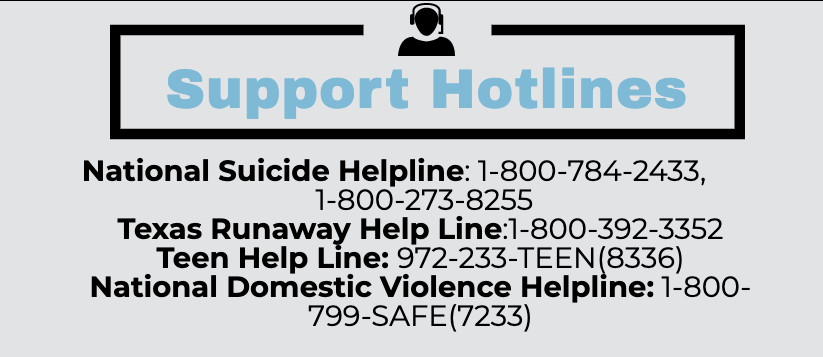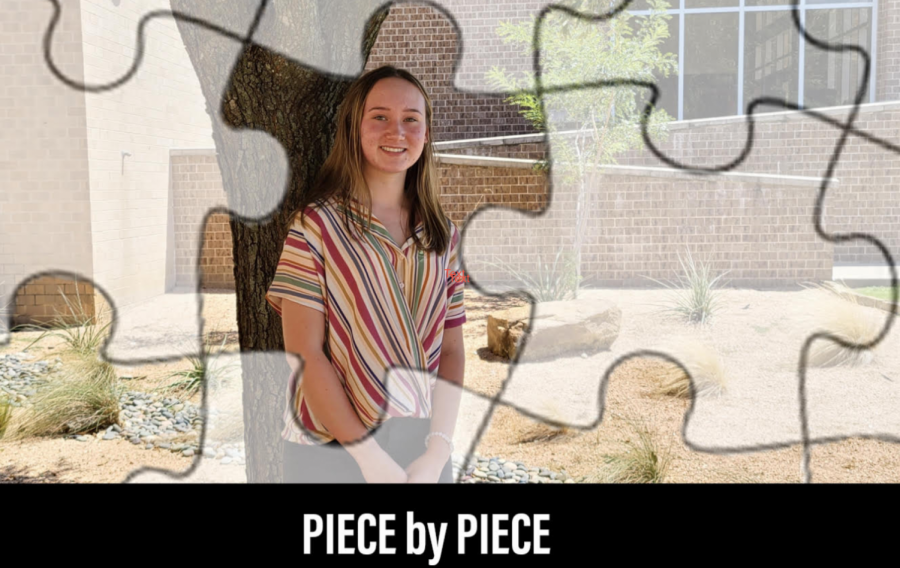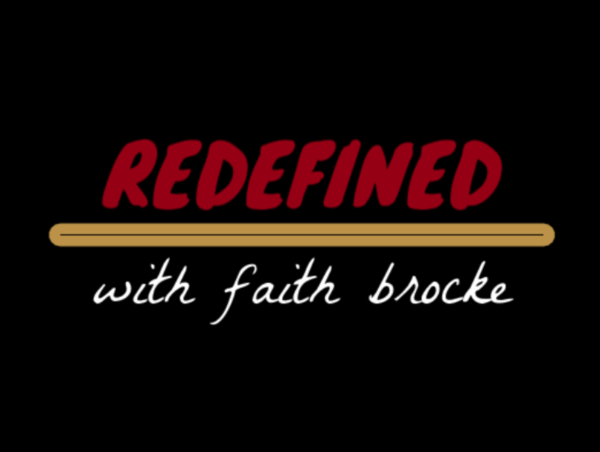Piece by piece: those on the edge
Staff reporter Madison Saviano explores hot topics and issues that students face in her weekly column Piece by Piece.
When we lose someone to suicide, often some of the first words said are “I knever knew. I had no idea.”
It’s used to illustrate how we never know what’s going on in someone’s life.
A lesser made point, however, is how someone likely did know. Someone probably suspected; someone probably exchanged worried looks with another. When the victim said that they “just can’t do it anymore,” someone probably heard.
More likely than not, people knew.
But of course nobody wants to overreact. Nobody wants to report their friend to a counselor, notify their parents, or take some other drastic action until absolutely critical, until absolutely certain.
The unfortunate thing is by this point, it may already be too late.
It’s such a precarious thing. Who are we to know who standing at the edge of a cliff will ever jump? Some people seem to spend their whole lives that way. Some people may simply be taking in the view.
But once we see them mid-air, then we know for sure. Then we know that our suspicions were right. It’s a very sad thing.
I have the gift of hindsight, something in this regard one would be lucky not to have. I’ve lost two family members to suicide.
They were very nice, sensitive people, and most of us thought them to be one of those simply ‘taking in the view.’
It’s a common misunderstanding, I bet. I myself have always been one to talk about grave matters of life and death and I’m not suicidal, though still I imagine my frankness unsettles some people.
Those who know me well know it’s just how I am and how I always have been. Some people are sensitive and predisposed to talking about morbid ideas. And some people are suicidal.
It’s a hard line to read, an even harder one to walk, and hardest of all is once it’s crossed.
I think the best frame of reference would be someone’s general nature. If your regularly flowery friend seems to have entered a dark spell like never before, one possibly marked by a serious life change, it’s a definite cue to be concerned.
However for some people, it is within their nature to enter these spells every so often, to wind in and out of them. Observers, loved ones even, if not especially, can become desensitized.
Bipolar disorder runs rampant in my family. It has cropped up at least once in every single generation on every single of my maternal lines. To some degree I have also come to disregard characteristic shifts in mood; if it’s become characteristic of someone they’ve lived as yet to establish a pattern, afterall. But then I remind myself that both of the people I mentioned before were afflicted, and what was characteristic of them was still not normal.
People are purging themselves, expressing their mental health like never before so widely acceptable. Don’t let their narrative get lost in the mass. If someone is confiding in you, there’s enough trust for you to be able to respond.
People don’t say things in vacuums; why say something if not to make another hear? One of the leading causes of suicide is feeling alone, unwanted, or like a burden. Just by listening you can invalidate some of these concerns.
If you need to talk, find someone to talk to. End the conversation inside your head and see how a more positive figure replaces that maddening voice. I am always here, my email is on the Wingspan staff list, and I assure you it would be no bother to talk. If I’m not sufficient help, I can find you someone who is.


Madison Saviano is a senior at Liberty and this is her third year with the Wingspan program. Outside of school she enjoys everything...








